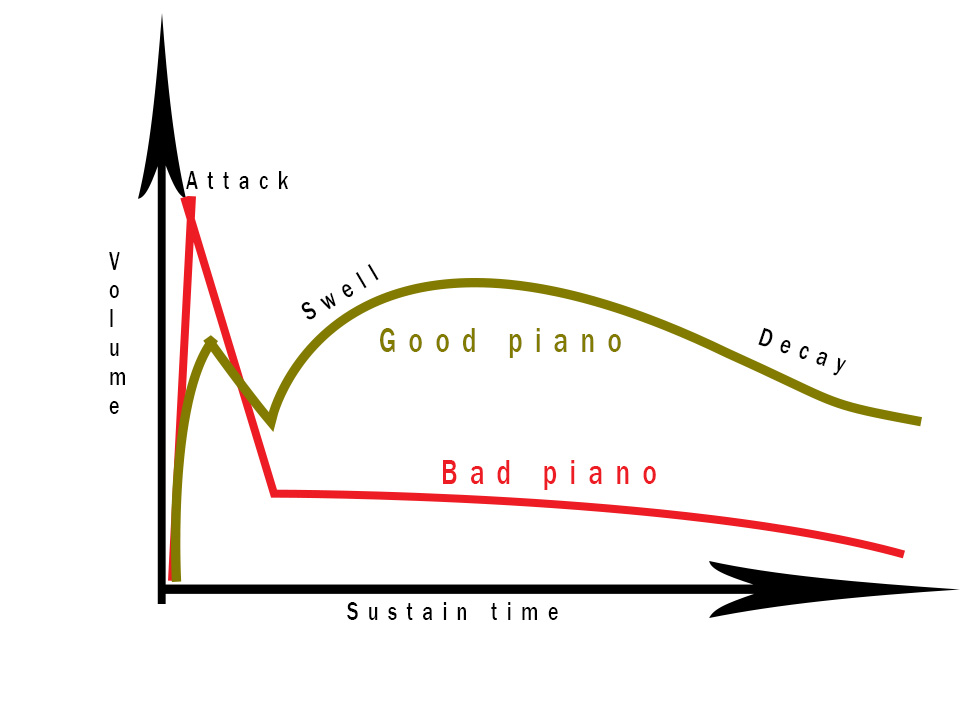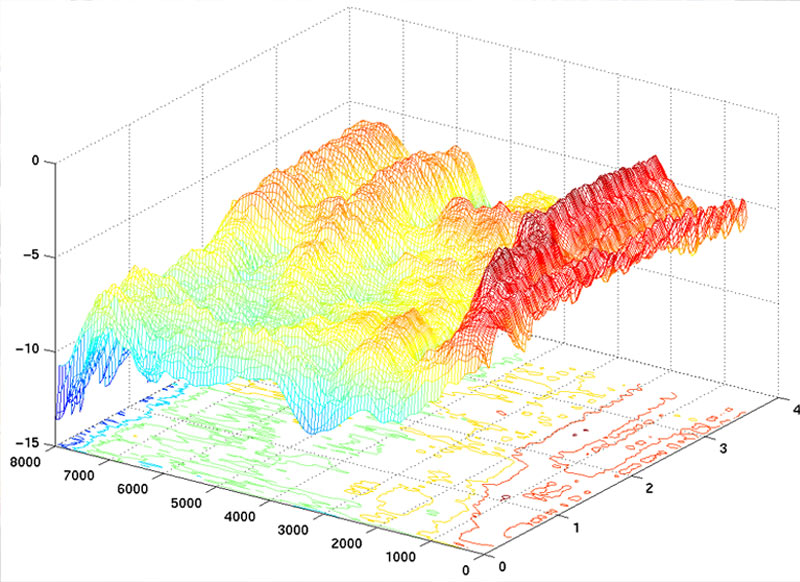I experienced the awakening of the sense of hearing during a lifelong career on sound, tuning and building pianos. To me, if the 20th century was the century of the image, the 21st is the century of sound. We possess hi-tech instruments to accurately measure sound as electric current, to analyze its components (harmonics), to interfere in its character and yet we can hardly evaluate its beauty or its live effect on a human being.
Here we explain how a pianist can evaluate his own piano sound using the human ear and perception as the measuring instrument. Very useful as it helps the pianist on performance, the piano builder for better pianos and the listener to be granted with sheer acoustic pleasure.
Only recently we realized how complex a musical tone is and on the same time how huge capacity and ability to record minute complex sounds the human ear has. In fact we still learn more and it is exciting to realize that the more we know and understand, the more we perceive and enjoy from this “new” world of sound, like having an awakening of our hearing conscience.
When a piano hammer strikes a string, the vibration that follows gives an enormous number of partials (vibrating string segments like small strings) measuring in thousands that follow a changing pattern in time (the next few seconds). The human ear can receive all this information and in order to accurately describe 5 seconds of the middle C on graphs printed on A4 sheets, we need a belt of about 300 miles of sheets glued one next to the other.
What follows is the basics to describe a musical tone and it is surprising to see the similarities with the sense of taste when we explore a glass of fine wine: First the taste attack on the tip of the tongue which immediately swells on different groups of fruity, earthly, mineral, woody, floral tastes and so on immediately followed by an amplification and settling of acid and basic balance. All this has a duration and decay which leaves us with an aftertaste… So familiar and so useful to explore one sense with the help of another. And it is interesting to see how wine is evaluated: specialists are employed by the wine stock exchange to accurately grade companies in very serious financial decisions, instead of calling wine chemical labs claiming accurate analysis. We can do the same on piano tone evaluation. After this short description we give practical seminars that give results.
We will give 7 basic magnitudes: 1. Attack. 2. Swell. 3. Volume. 4. Timbre. 5. Sustain. 6. Decay. 7. Overtones.







